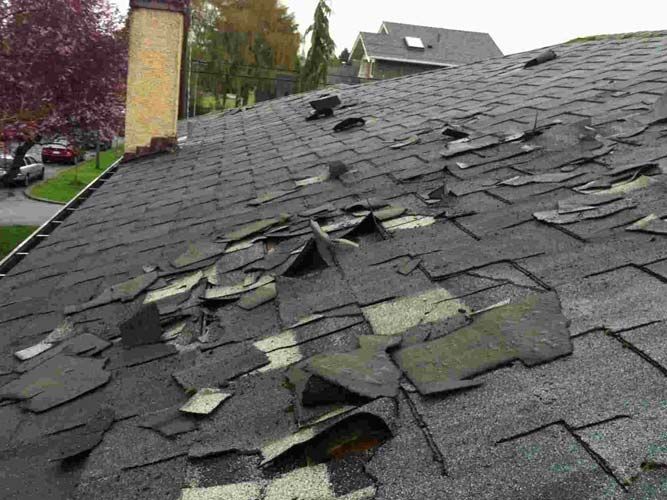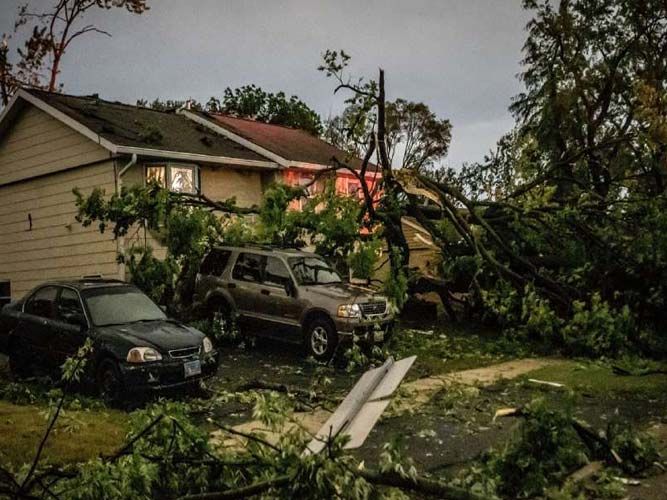Should I File a Claim for My Storm Damaged Roof?
Weather-related damage can cause stress and add to the cost of rebuilding your property or home. A roof repair can be very expensive, especially if your entire roof is damaged by severe storms. It is important to act quickly if you want the roof repaired or replaced. It is not a good idea to have a leaky roof in the event of a heavy downpour. You can mitigate secondary damage and reduce the financial burden by filing an insurance claim.
If you are wondering if it is possible to file an insurance claim to repair a damaged roof after a storm, the answer is yes. However, your deductible must be met or exceeded and it must clearly state that the damage is storm damage, not wear and tear, or maintenance issues.
How to determine if you are eligible to file an insurance claim
Certain aspects of homeowner’s insurance may not be covered. This includes valuable items, collectibles and jewelry. Most policies cover storm-related damage, hail or rain. A roof repair for a storm-damaged roof can be added to this list, but you must have visible and substantial storm-related damage to your roof to be eligible for an insurance claim.
Insurance covers different types of roof damage claims
Your homeowner’s policy may cover partial damage depending on the severity and age of the damage. In some cases, they may cover the whole replacement. The storm damage may have reduced the roof’s lifespan or rendered it more vulnerable to future storms. This could make your roof unsafe for you or your family members. The insurance company will cover roof repairs or replacement of roof, even if the roof is damaged in part.
The insurance company might offer cost coverage for the entire roof replacement if there are any matching issues or materials that are not available.
These are the signs you should be looking out for when a storm strikes. You can save money by being proactive. If your roof is damaged, you should immediately call your local roofing contractor to have it repaired.
- Missing or broken shingles
- Partially or completely blown off roof
- Vents and roof gutters that are damaged or broken
- Roof tiles that have cracked
- It’s best to curl up the shingles
- Your attic may be leaking
- There may be fallen trees or other debris on your roof
- Roof structure damage
- Broken screens or roof windows
- There are depressions and dents on the outside of the roof’s outer surface.
How to file a claim the right way
You should read and understand your homeowner’s insurance policy in order to make the most of it. A professional and systematic approach is required when filing an insurance claim for your roof. You must be proactive and cautious. Here are some other tips that will help you.
- Call Your Insurance Company after you get it inspected
After speaking with your roofing contractor, you should call your insurance company. This will make your insurance claim easier. They will also be prepared to provide documentation of all the damage for the insurance adjuster upon arrival.
It is also best to get in touch with a professional contractor who specializes in roof repairs and can coordinate with your insurance company. Then you can relax and let the roof repair process take care of itself.
- Assess the damage
Photos and documentation are essential. To ensure that nothing is missed, you should conduct a quick inspection before the contractor arrives. Roof damage can also affect other areas of your home. Your home’s structural integrity may also be at risk, particularly if your roof is completely or partially blown off by a fallen tree.
You should only do this if the roof is safe. Otherwise, you could endanger yourself or your family. If the roof is severely damaged let your local roofing contractor inspect it and make sure it is structurally sound.
After severe weather or heavy rains, you must be aware of roof repair scams. Contractors want to make as much money as possible from homeowners who are vulnerable. This is something you don’t want. Two things are important to keep in mind to prevent this from happening.
First, don’t pay a contractor if they ask for 100% upfront payment before work begins. You might be better off finding another contractor. This is the most obvious sign that the contractor is unprofessional and very likely a scam.
A licensed contractor is also a good choice since the have the most up-to-date equipment and tools to complete the job efficiently.
In conclusion
After a storm, roof damage can be a stressful experience. It can be difficult to find the right answers. However, homeowner’s insurance will help you get through the insurance filing process. Make sure you have all the necessary documentation and contact information for your insurance company at hand. Remember to not delay. The longer you wait to respond, the chances that your insurance may not be able to cover it completely. By hiring the right roofing contractor you will not waste time getting estimates. Also your insurance company is required by the policy to repair or replace the damage to pre-storm conditions. Get an experienced contractor who will be able to get your insurance to cover the expenses where all you should par is your deductible.



